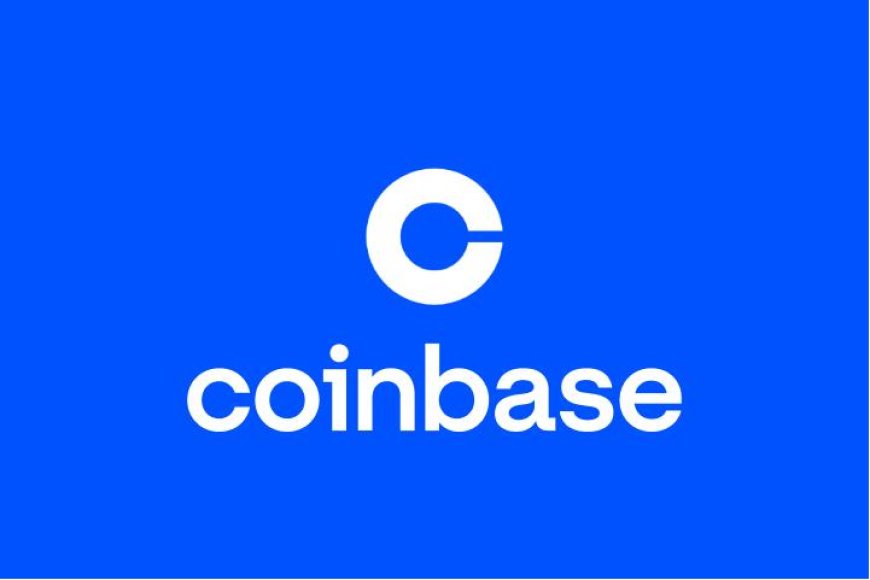Ethereum's highly anticipated Pectra upgrade has successfully gone live on the Sepolia testnet, marking a crucial step toward the mainnet launch scheduled for April 2025. This comprehensive upgrade introduces significant improvements to the network's scalability, staking mechanisms, and user experience.
Key Features of the Pectra Upgrade
-
Enhanced Staking Flexibility: EIP-7251 increases the validator stake limit from 32 ETH to 2,048 ETH, streamlining staking management for large stakeholders.
-
Account Abstraction: EIP-7702 enables wallets to temporarily function as smart contracts, allowing users to pay transaction fees with stablecoins and simplifying wallet recovery.
-
Improved Developer Tools: New cryptographic precompiles and blob capabilities optimize scalability for ZK rollups and privacy-preserving applications.
-
Inter-Layer Communication: A unified framework for moving requests between the execution and consensus layers improves network efficiency.
Successful Sepolia Deployment
The Sepolia testnet activation occurred at 07:29:36 UTC on March 5, 2025, following a setback on the Holesky testnet last week. Developers are now focused on ensuring stability before the mainnet launch.
What's Next?
Ethereum developers will meet on March 6 to discuss the timeline for Pectra's mainnet deployment. While the successful Sepolia test is encouraging, the failed Holesky test indicates that additional work may be needed.
Implications for Ethereum
The Pectra upgrade represents Ethereum's ongoing efforts to evolve and maintain its position in the blockchain ecosystem. If successful, it could address key limitations of the current system and improve user experience.








